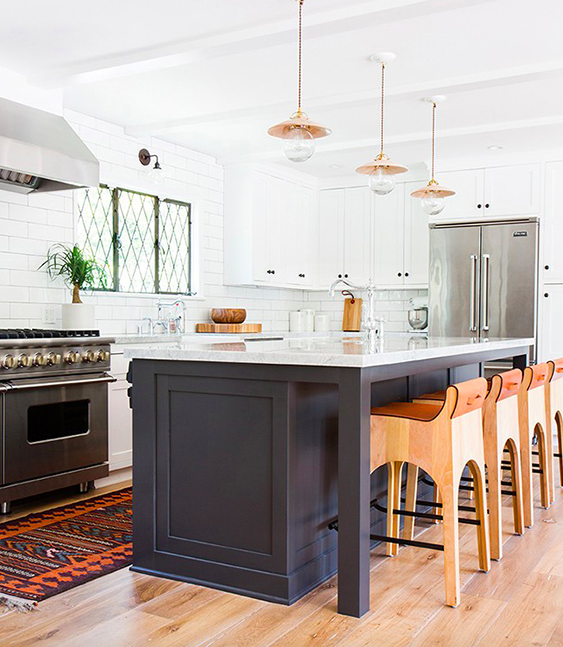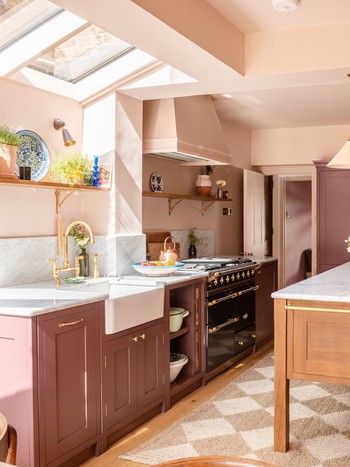Cutting-edge and Fashionable Layouts in Modern Legs For Kitchen Island Solutions
Cutting-edge and Fashionable Layouts in Modern Legs For Kitchen Island Solutions
Blog Article
Essential Factors to Take Into Consideration When Picking Legs For Kitchen Area Island
Picking the suitable legs for a cooking area island involves a mindful assessment of several variables that can substantially affect both functionality and visual appeal. As we check out these components, it becomes clear that each decision can have far-ranging implications for the general cooking area experience.
Material Options
When choosing legs for a cooking area island, understanding the different product options is necessary for attaining both aesthetic charm and architectural honesty (Legs For Kitchen Island). The choice of material substantially affects not just the resilience of the island but additionally its total style and functionality
Metal legs, frequently made from stainless steel or wrought iron, contribute a modern and commercial feeling while making sure toughness and security. These materials are resistant to wear and can sustain significant weight, making them excellent for bigger islands.
One more choice is engineered materials, like MDF or plywood, which can be extra cost-efficient while still supplying a variety of surfaces. However, they might not give the exact same level of stability as strong wood or metal. Materials such as acrylic or glass can develop a modern look, though they might need added assistance to guarantee security.
Eventually, the choice of product for kitchen area island legs should straighten with the preferred capability and the general theme of the cooking area.
Design And Style

When taking into consideration design, the form and coating of the legs are critical. Tapered legs can provide a sense of lightness and beauty, while thicker, much more robust legs can convey strength and stability. Additionally, the coating-- be it repainted, tarnished, or all-natural-- must match the cabinets and counter top materials to create a unified appearance.
In addition, the layout of the legs can likewise show personal preference. Personalized or attractive legs, such as those including elaborate carvings or unique geometric forms, can work as centerpieces, adding personality and character to the kitchen area. Ultimately, the appropriate selection will not only boost performance but additionally boost the aesthetic allure, making the cooking area island a standout function of the home.
Height Factors To Consider
Choosing the appropriate height for kitchen area island legs is crucial, as it straight influences both functionality and convenience. The standard height for a cooking area island generally varies from 36 to 42 inches, aligning with More Bonuses typical kitchen counter heights.

It is additionally important to make up individuals' heights and choices. Personalizing the height can make certain a comfy experience for all member of the family, making the kitchen area island a more useful and satisfying space.
Weight Assistance
Guaranteeing adequate weight assistance go to my site for kitchen island legs is essential for both security and capability. The kitchen area island often offers multiple functions, including food prep work, eating, and extra storage space, necessitating a durable support structure. When picking legs, it is important to consider the general weight ability required based upon the island's intended use and the products that will be positioned on it.
The selection of material for the legs plays a considerable duty in their weight-bearing capabilities. Strong timber, metal, and durable compounds generally offer premium strength compared to lighter products. In addition, the design of the legs-- whether they are directly, tapered, or have a pedestal type-- can affect their ability to distribute weight successfully throughout the framework.
Moreover, the leg placement must be purposefully planned to enhance stability. Legs placed at the edges or with a bigger base can much better support heavier loads. Always get in touch with the manufacturer's specifications concerning load limitations to ensure that the legs can sustain the designated weight without jeopardizing security. In recap, choosing kitchen area island legs with ample weight assistance is crucial for developing a safe and functional cooking room.
Setup and Maintenance
Correct setup and upkeep of kitchen area island legs are crucial for making certain durability and security. This typically involves protecting the legs to the island base using proper fasteners, making sure that the legs are level and lined up.
As soon as set up, normal maintenance is needed to preserve the stability and look of the legs - Legs For Kitchen Island. For wooden legs, regular cleansing with a damp towel and application of suitable wood gloss can prevent wetness damages and maintain their surface. Steel legs may need a mild cleansing service to eliminate oil and grime, complied with by a completely dry cloth to stop corrosion development
Furthermore, evaluate the legs routinely for indications of wear or damage, such as fractures or loosened joints. Tightening up screws or screws as required can additionally lengthen the life-span of the legs. By sticking to these installment and upkeep practices, homeowners can guarantee that their kitchen area island stays durable and visually appealing for many years to find.
Final Thought

Visual coherence is critical in choosing the design and layout of legs for a cooking area island, as these elements significantly affect the general setting of the room. Conical legs can provide a sense of lightness and beauty, while thicker, a lot more durable legs can share toughness and security.Picking the ideal elevation for kitchen island legs is crucial, as it directly impacts both functionality and comfort. In summary, selecting kitchen area island legs with appropriate weight assistance is necessary for developing a useful and risk-free culinary area.
In final thought, selecting legs for a kitchen island necessitates careful factor to consider of numerous variables, consisting of material options, style, elevation, weight assistance, and setup.
Report this page